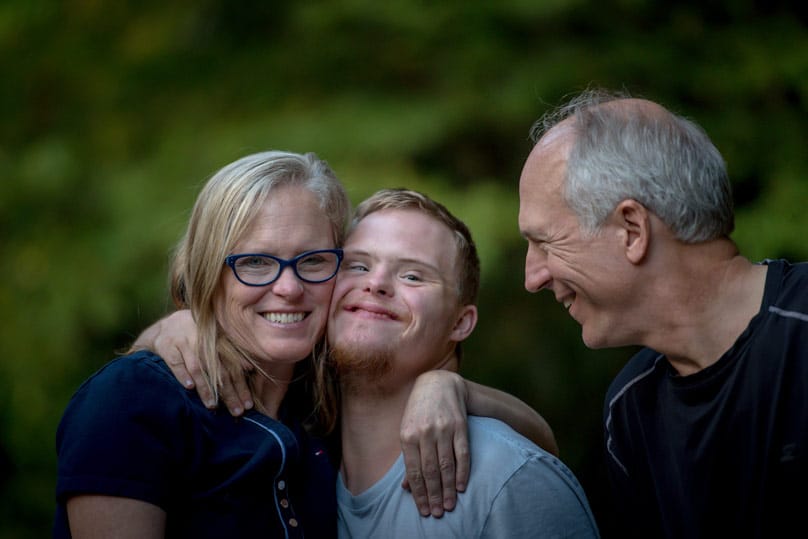
In the past couple of weeks, I have been fortunate enough to be in the United States, in part to attend a conference on current issues in bioethics.
Realising that there is a big difference between US and Australian law on some of these matters, I focused my presentation on international law because it was common ground.
One of the things I realised in my preparations is that global agreement on the existence of human rights and their universal applicability to anyone regardless of race, age or ability did not exist until last century.
The First World War prompted the establishment of the League of Nations and with it, the makings of a covenant recognising a handful of rights, and then the horrors of World War II saw the advent of the United Nations.
With that, the international community came together to agree upon those basic and fundamental rights so egregiously ignored in the atrocities of the Holocaust and the Universal Declaration on Human Rights and the International Covenant on Civil and Political Rights were created.
One of the main reasons that this global agreement was so significant was because it was made as a firm rejection of the Nazi policy of Lebensunvertes leben – life unworthy of life.
This wasn’t a vague concept, but a policy with five key steps: forced sterilisation, the killing of “impaired” children, the killing of “impaired” adults, the killing of “impaired” prisoners in concentration camps and finally, to indiscriminate mass killings.
In the ICCPR, the right to life is named as inherent, because it is recognised that all other rights are contingent on the right to life being upheld. Without a protection of a person’s right to life, there is no point in protecting – or even defining – any other rights.
Given the recognition of the importance of the right to life, what we should have expected to happen was that these documents would have ushered in a culture of life. But almost as soon as the ink had dried, people began to manipulate the right to life and other rights to, instead, usher in a growing culture of death.
With increasing medical knowledge about foetal development, and the international community agreeing on a universal right to life, abortion activists faced a new challenge but also a new opportunity.
In this new era of universal agreement on a right to life, activists realised that all they needed to do was identify a competing right to life which would override that of the unborn child’s.
The result was that wherever abortion laws were relaxed, it began by allowing exemptions to preserve the life of the mother, who herself enjoys a right to life.
In subsequent years, we saw the “right to life of the mother” broadened to now protect against more than imminent death.
Here in NSW, what began as a protection of the mother’s life was extended to her physical health and then extended to mental, economic and now social health. While still “illegal,” abortion exemptions are no longer about competing rights to life, but now anything which might interfere with a mother’s enjoyment of her life.
It extends further than the conversation about abortion.
Another right – the right to marry and found a family – has not only been manipulated in some countries to see the introduction of same-sex marriage, but also the claiming of a “right” to IVF and surrogacy.
And now, we are seeing the concept of human rights manipulated to advocate for legalised euthanasia, which is why we hear so much about the supposed “right” to die.
There are a couple of main human rights arguments which are often used to advocate for euthanasia and assisted suicide.
The first is that if there is a right to life, then there must also be a right to die because if a person is forced to exercise a right even against their will, it loses the nature of a right. [But if that’s a valid argument, then there would be no reason to restrict euthanasia to the ill]. The second is an appeal to the “right to be free from discrimination.”
The argument goes that if suicide is legally permissible but assisted suicide is prohibited, then the law discriminates against those who are themselves unable to take their own lives.
Just shy of 70 years ago, the world responded to the Holocaust with a firm affirmation of human rights and in particular the right to life.
Unfortunately, the right to life is no longer being upheld, but distorted in order to support a culture of death.
What this tells us is that we must not rely on a conversation about human rights to defend life.
We need to understand it, to be sure and to understand the flawed ways in which it is used by enemies of life to have their way.
But we must continue to speak about truth, the dignity of the human person, and about good and evil in order to continue to be people of and for life.
